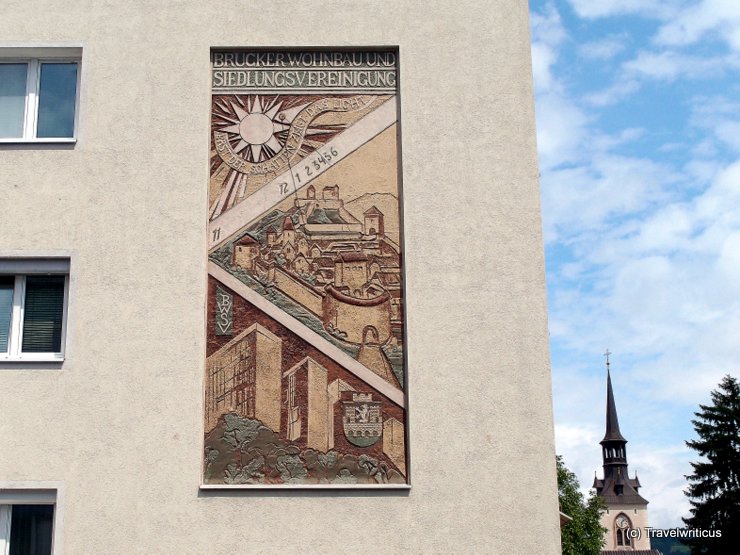
This sundial shows two depictions of Bruck an der Mur, a city in the Austrian state of Styria. In the upper part of the mural, you see Landskron Castle and the former town walls.
Browse through your travel destination!

This sundial shows two depictions of Bruck an der Mur, a city in the Austrian state of Styria. In the upper part of the mural, you see Landskron Castle and the former town walls.
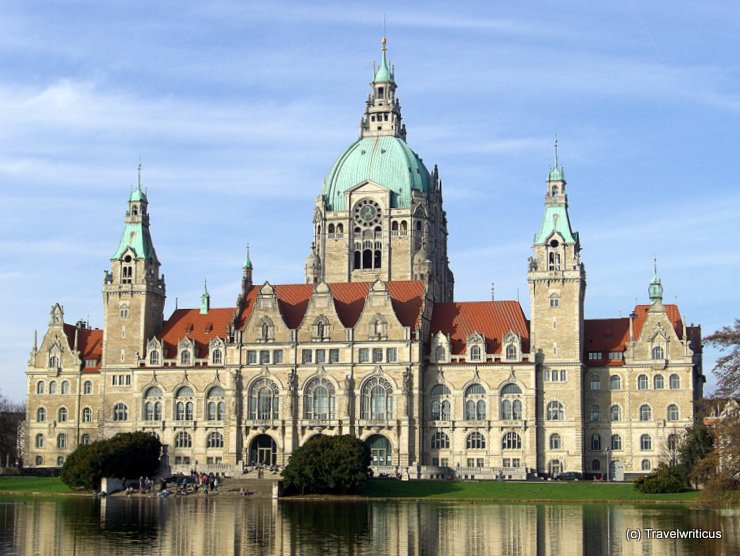
The New Town Hall (Neues Rathaus) of Hanover (Hannover) saw its construction during the era of Wilhelm II in an eclectic style. It opened in 1913. The observation deck in the dome is accessible via a remarkable elevator.
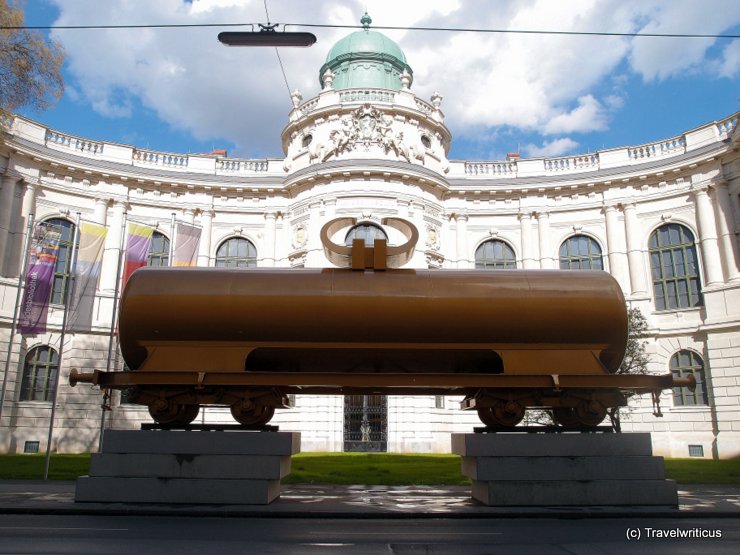
This artwork by Hans Hollein stood in front of the Neue Galerie in Graz for several weeks. The former tank wagon for petroleum is named “The Golden Calf”. I guess this refers to the golden calf in the bible and the importance of oil for mankind.
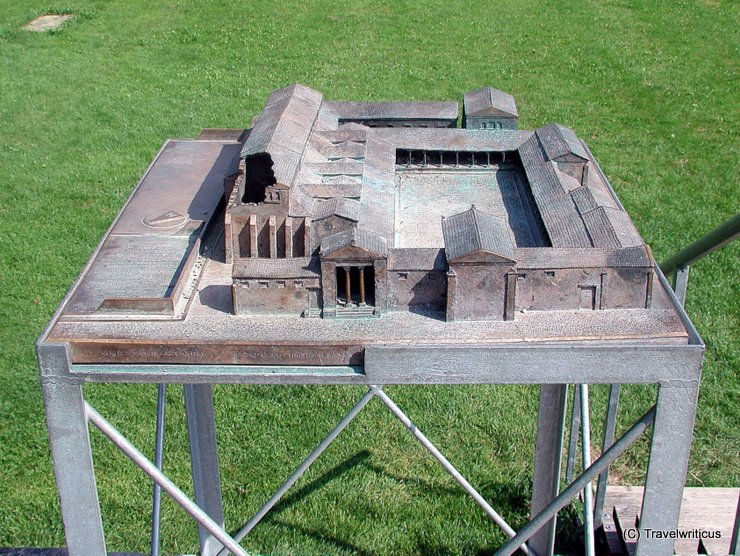
This model represents the ancient forum of Cambodunum. This Roman city stood on the grounds of today’s Kempten. In the Archaeological Park Cambodunum (APC), you will find reconstructed temples of the former Roman settlement.
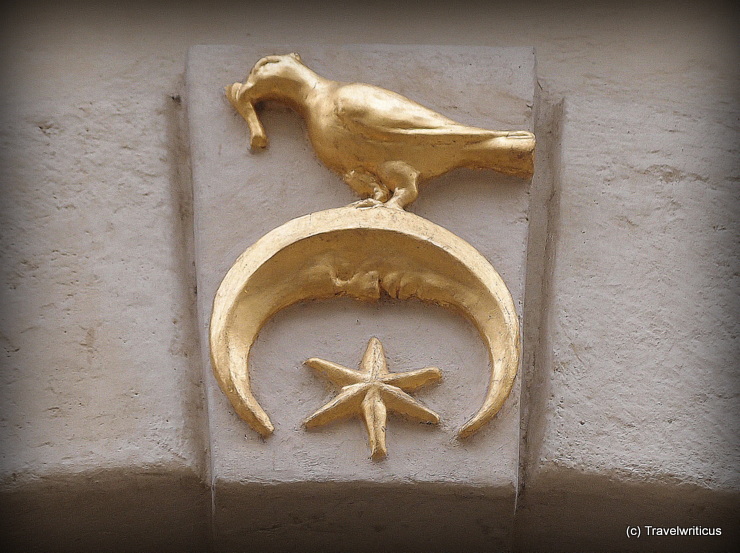
This house sign in a lane in Graz depicts a star and crescent combination. If you look carefully, you’ll see the moon is showing a face. You find this sign on a 17th-century portal at the address Schmiedgasse 20 in Graz.
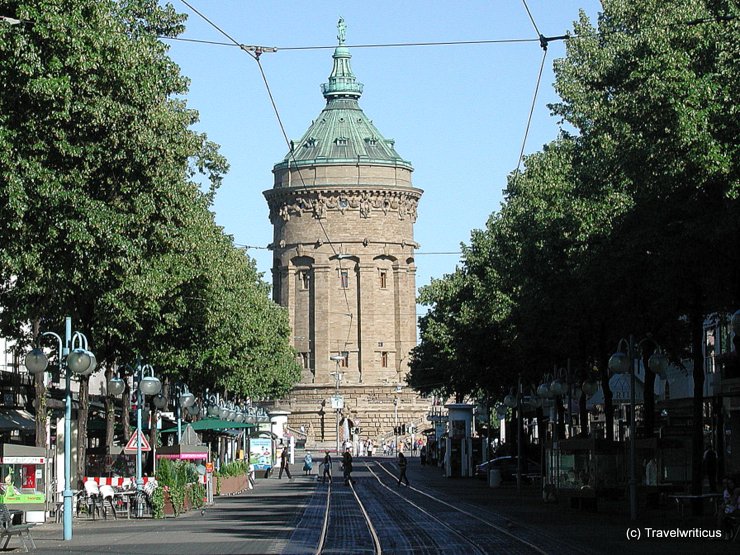
The water tower in Mannheim is the landmark of the Quadratestadt (Square City). You find it on Friedrichsplatz (Frederick Square). The tower was built according to plans by Gustav Halmhuber in 1886-1889.
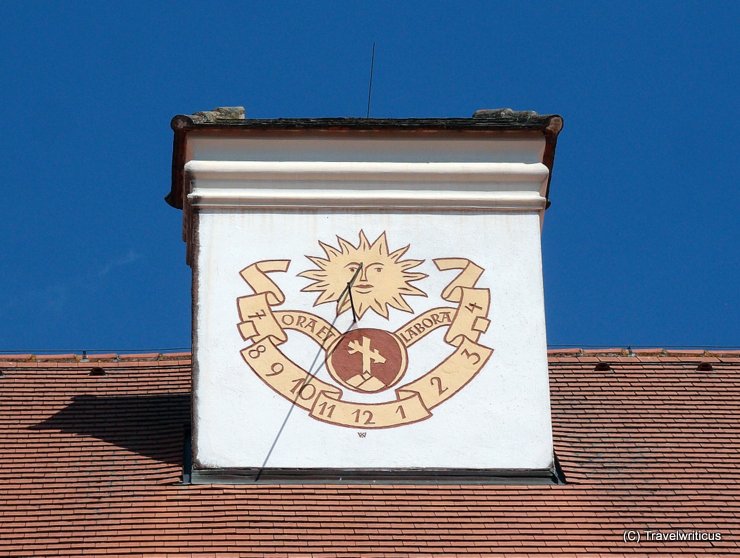
The inscription on this sundial indicates at which kind of monastery you can see it. “Ora et Labora” is the motto of the Benedictines. The depiction in the middle gives a hint to the place. You see this element in the coat of arms of Seitenstetten.

In Cologne (Köln), you can still find the remains of an ancient Roman fort. The name of the Köln-Deutz district originates from the name of the depicted fort called Divitia. During Roman times, these walls guarded an important Rhine bridge.
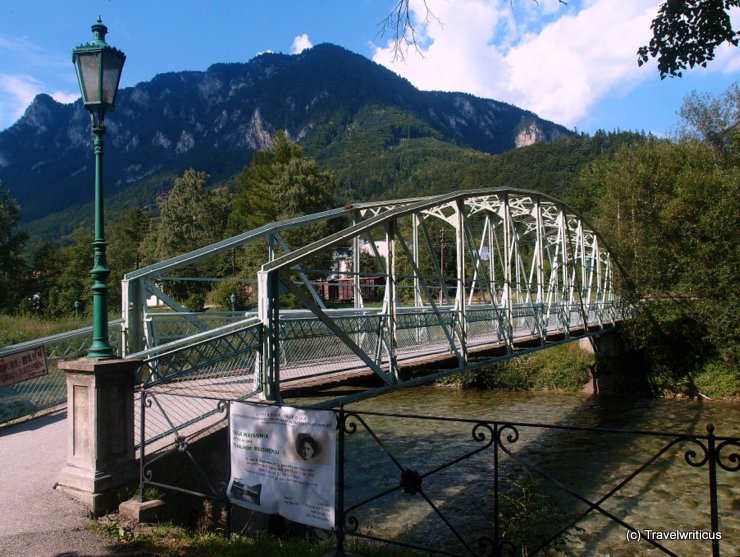
A bridge with a view! The footbridge dates back to 1902 and spans the river Schwarza in Reichenau an der Rax. Near the bridge, you find a station of the museum railway Payerbach-Hirschwang, also known as Höllentalbahn.
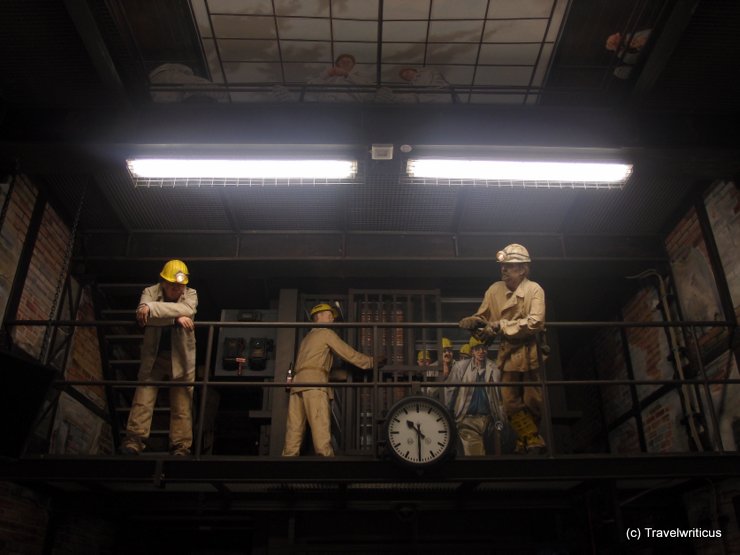
The Deutsche Bergbau-Museum (German Mining Museum) consists of a show mine and a collection of exhibits regarding mining. The photo above was taken at the elevator, bringing visitors down to the show mine.
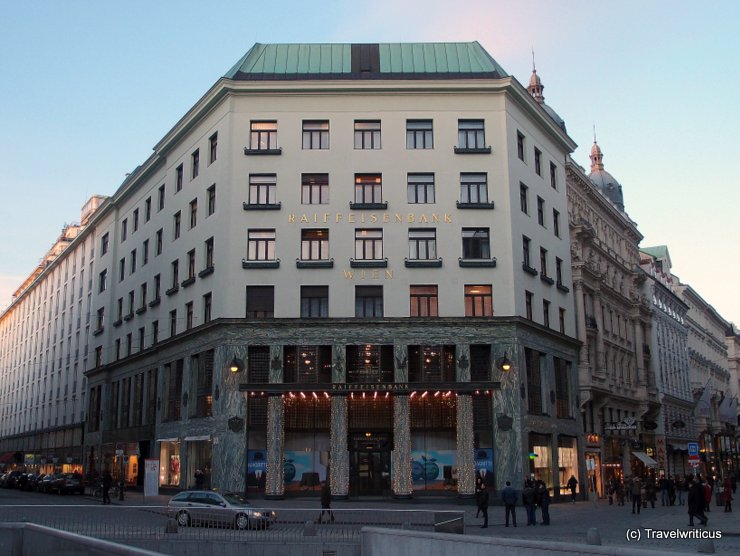
The Loos House (Looshaus) is considered a central work of the Wiener Moderne. The building designed by Adolf Loos saw its completion in 1910. Can you imagine why Viennese people call it “The House without Eyebrows”?
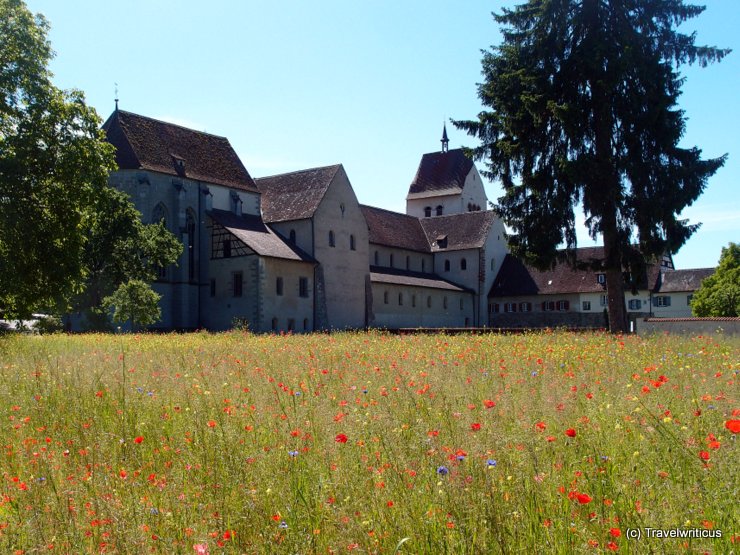
Reichenau Abbey was founded in 724 by Saint Pirmin. Later, the abbey became famous for the Reichenau School, producing lavishly illuminated manuscripts during the late 10th and early 11th centuries.